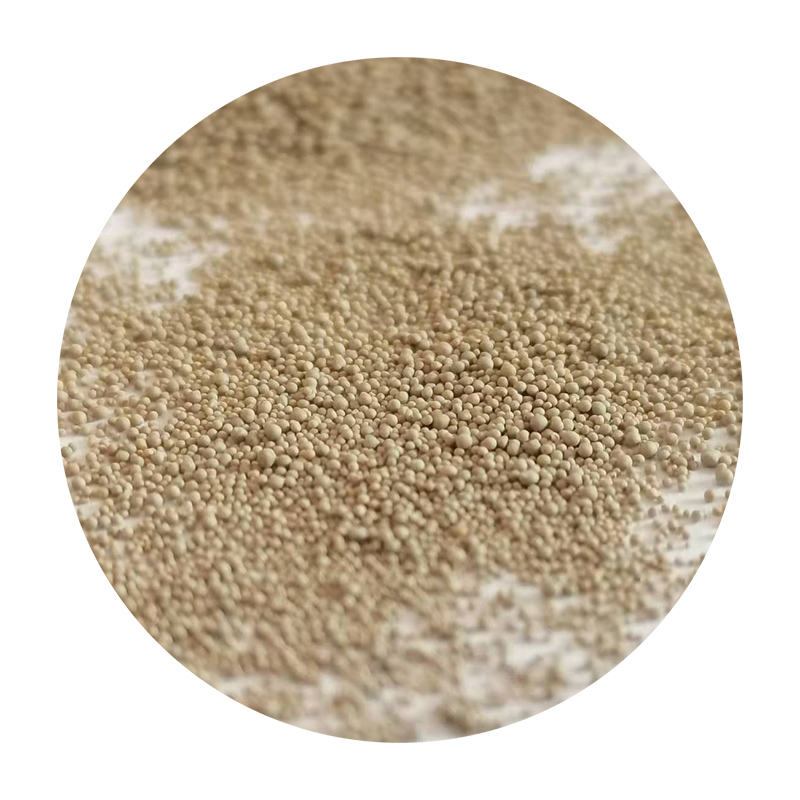The Importance of Sanding in 3D Printing A Comprehensive Guide
3D printing has revolutionized the way we create objects, blending technology and creativity in unprecedented ways. However, the process does not end with the final print. In fact, post-processing techniques such as sanding play a critical role in achieving a polished and professional appearance. This article delves into the significance of sanding in 3D printing, the techniques involved, and tips for achieving the best results.
Understanding the Need for Sanding
When a 3D print emerges from the printer, it often bears the hallmarks of its manufacturing process. Layer lines, imperfections, and surface roughness can detract from the overall aesthetic and functionality of the object. Sanding smoothes these rough surfaces, ensuring that the final product is not only visually appealing but also easier to paint, glue, or finish with other materials. Additionally, sanding helps to improve the fit and function of parts in assemblies.
The Sanding Process
The sanding process typically involves a few key steps
1. Preparation Before sanding, ensure that the print is clean. Remove any support structures and dust off the surface to avoid scratching during the sanding process. A clean workspace is also crucial to prevent contamination.
2. Choosing the Right Sandpaper Sandpaper comes in various grits, ranging from coarse (low numbers) to fine (high numbers). For initial sanding, start with a coarse grit to remove significant imperfections. Progressively move to finer grits to achieve a smoother finish. Common grit progression might start at 80, then move to 120, and finish with 220 or higher.
3d print sanding

3. Technique Always sand in a circular or consistent motion to avoid creating flat spots on your print. If you’re working on intricate areas, consider using small sanding tools or sanding sponges to reach tight spots effectively.
4. Checking Progress Regularly inspect your work to gauge how much material you’ve removed. It’s easy to over-sand, which could potentially damage the print. A good indicator of progress is to look for evenness in the surface texture.
5. Finishing Touches After achieving a satisfactory smoothness, you might want to apply a primer before painting. Priming not only enhances adhesion for paints and finishes but also reveals any remaining imperfections that may need additional sanding.
Tips for Effective Sanding
- Wet Sanding For certain materials, especially plastics, wet sanding can be beneficial. Applying water or using a wet sanding technique reduces dust and helps achieve a smoother surface more efficiently. - Safety Gear Always wear a mask and goggles when sanding to protect yourself from dust particles that can cause respiratory or eye issues.
- Experimentation Take the time to experiment with different sanding techniques and materials. Not every print will require the same approach, and understanding how different materials react will enhance your skills over time.
Conclusion
In conclusion, sanding is an essential post-processing technique in the world of 3D printing. It transforms a raw print into a refined product, elevating both its aesthetic quality and functional capabilities. By employing the right techniques and tools, anyone can master the art of sanding and significantly improve the outcome of their 3D printed creations. So, the next time you finish a print, don’t overlook the importance of a little sanding—it might just be the key to unlocking its full potential.
Post time:ጥቅም . 12, 2024 03:57
Next:Current Trends and Insights on Ceramic Sand Pricing in the Market
